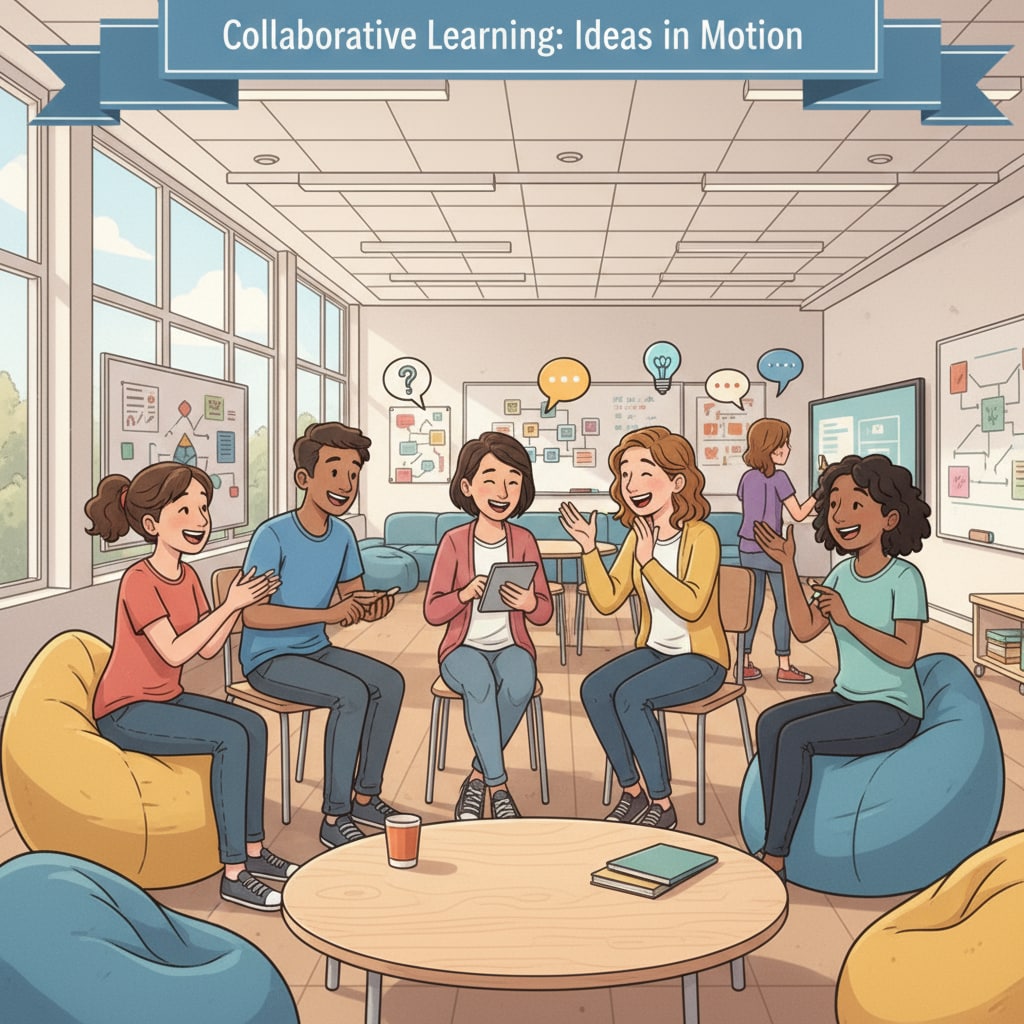Non – traditional schools, leadership structures, and democratic schools are revolutionizing the educational landscape around the world. In an era where traditional hierarchical models are being questioned, these alternative approaches offer fresh perspectives on how schools can be managed and how students can be engaged. Let’s embark on a journey to explore some remarkable examples from different countries.

Non – Traditional Leadership in Australian Schools
In Australia, there are several schools that have embraced non – traditional leadership structures. These schools often operate on the principle of shared decision – making. For example, some schools have established student – teacher councils where both parties have an equal say in matters such as curriculum development and school policies. This approach not only gives students a sense of ownership but also allows for a more collaborative learning environment. According to Wikipedia’s Education in Australia page, this shift towards non – hierarchical leadership is part of a broader movement to make education more student – centered.

Democratic Governance in UK Schools
The UK also has its fair share of schools with innovative leadership models. Many democratic schools in the UK empower students to be actively involved in school governance. These schools might have student parliaments where students can propose and vote on initiatives. This form of leadership structure encourages students to develop critical thinking, communication, and leadership skills. As Britannica’s Education in the United Kingdom article points out, this democratic approach is in line with the country’s educational values of promoting individual freedom and responsibility.
Another aspect of non – traditional leadership in UK schools is the role of teachers. Instead of being strict authority figures, teachers act as facilitators, guiding students through their learning journey while respecting their opinions and ideas. This collaborative relationship between teachers and students is a key characteristic of these democratic schools.
American Non – Traditional Educational Leadership
In the United States, some schools have taken non – traditional leadership to new heights. These schools often break away from the traditional top – down leadership model. For instance, there are schools where the entire school community, including parents, students, and teachers, is involved in strategic planning and decision – making processes. This inclusive approach ensures that all voices are heard and considered.
One such example is the Sudbury Valley School. It operates on the principle of radical democracy, where students have the freedom to pursue their own interests and are actively involved in the governance of the school. This model has shown that students can thrive in an environment where they have a significant say in their education.
Readability guidance: We’ve explored how non – traditional leadership structures in schools across different countries are promoting democratic values. By sharing decision – making and involving students in governance, these schools are creating unique educational experiences. Through short paragraphs and examples, we’ve aimed to make this complex topic more accessible. Transition words like ‘for example’ and ‘also’ have been used to make the flow of the article smoother.


